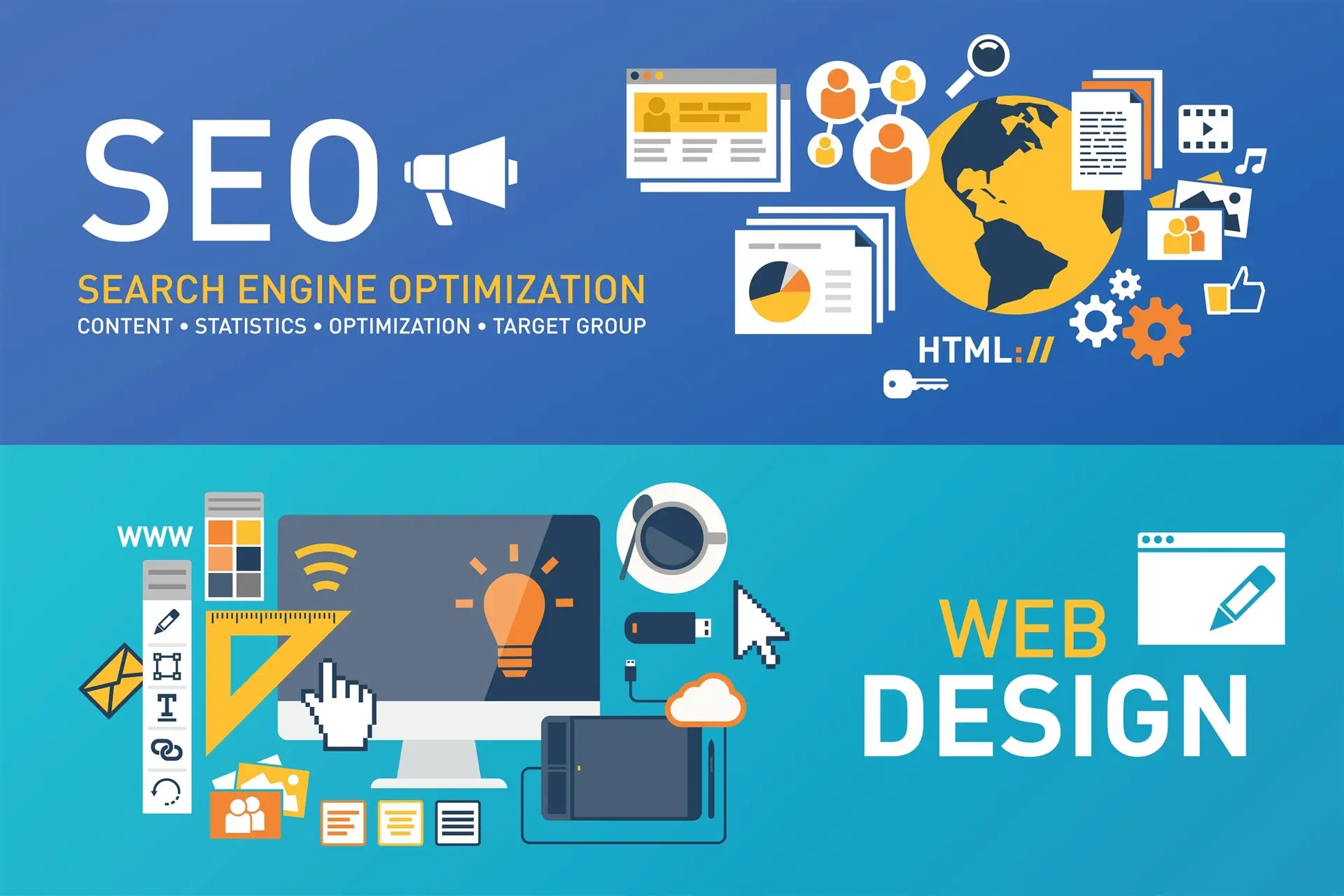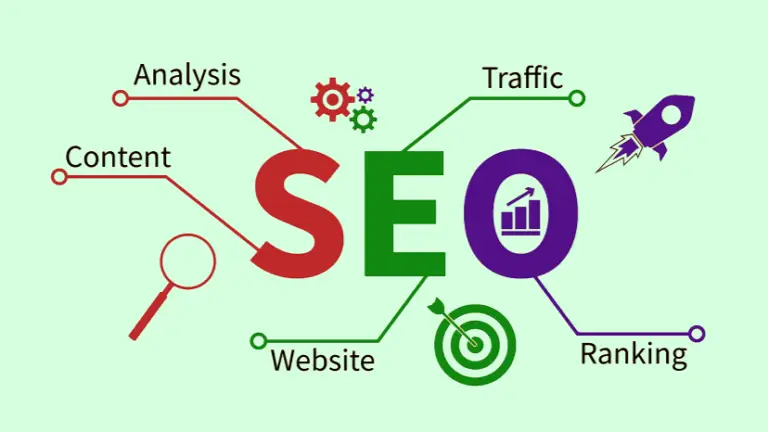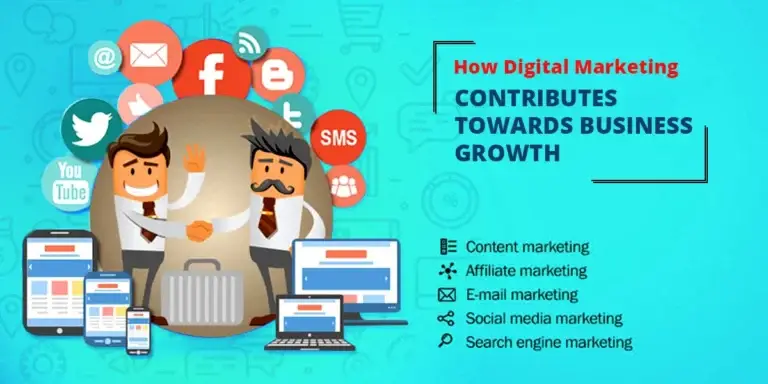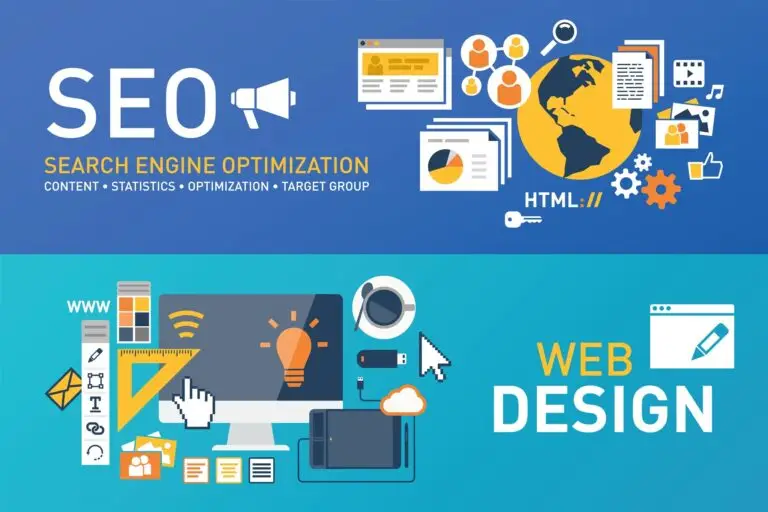Web Development and Design: Essentials and Success Considerations in the Digital Age
In the age of advanced technology, the internet has become the primary medium for communication with the world, making web development and design crucial for any business or project. Web development and design involve creating websites and applications that improve user experience and provide advanced functionalities to meet the changing needs of the market. In this article, we will discuss the key aspects of web development and design, and their importance for businesses and companies.
The Importance of Web Development and Design
Web development and design is not just about creating a website; it’s a complex process aimed at creating an interactive digital environment that helps businesses effectively communicate with their audience. The importance of web development and design can be summarized in the following points:
- Enhancing User Experience (UX): Improving user experience is one of the most critical aspects of web development. When a website is easy to navigate and features an attractive interface, visitors are more likely to stay on the site longer, increasing the chances of engagement with the content.
- Search Engine Visibility (SEO): SEO helps ensure that a website appears in search engine results like Google. This significantly contributes to increasing site traffic, thus enhancing sales opportunities.
- Cross-Device Compatibility: With the variety of devices people use, such as smartphones, tablets, and desktop computers, it is important for a website to be compatible with these devices. This is known as responsive design, which ensures an excellent user experience across all platforms.
- Brand Enhancement: A website is the online face of a company. A well-designed, professional site reflects the brand’s identity and helps build trust between the company and its customers.
The Web Development and Design Process
The web development and design process involves several stages that overlap to ensure a high-quality and functional website:
- Planning and Analysis: Before starting the design process, developers and designers need to fully understand the project requirements. This includes studying the target audience, business goals, and technical specifications.
- User Interface (UI) Design: In this stage, designers create initial designs of the interface while ensuring smooth user interaction. A good user interface design focuses on simplicity, usability, and content clarity.
- Website Development: Developers then build the site using programming languages such as HTML, CSS, JavaScript, and more. This stage includes adding necessary functionalities, such as content management systems (CMS) or online payment systems.
- Testing the Site: After development, the site is tested to ensure it works efficiently on all devices and browsers. Testing includes checking load speeds, interaction with different elements, and verifying all features.
- Maintenance and Updates: After the website goes live, it requires ongoing monitoring and periodic updates. These updates may include adding new content, updating security systems, and improving the user experience.
Challenges in Web Development and Design
Despite its importance, there are several challenges that developers and designers may face:
- Cross-Device and Browser Compatibility: Some browsers or devices may not be compatible with certain features, requiring developers to make adjustments to ensure a uniform experience across all platforms.
- Search Engine Optimization (SEO): SEO optimization involves many technical aspects, such as improving speed, using the right keywords, and providing valuable content. These factors require continuous effort to ensure the site ranks high in search results.
- Data Security: Given the rise in cyberattacks, it is essential that websites are equipped with strong security systems to protect user data and sensitive information.
Conclusion
Web development and design are fundamental pillars for any business looking to succeed in the digital age. By designing websites that are easy to use and search engine-friendly, businesses can achieve greater engagement with their customers, ultimately leading to increased sales and business success. By focusing on quality design and user experience, any company can build a strong digital presence that reflects its values and enhances its market position.




